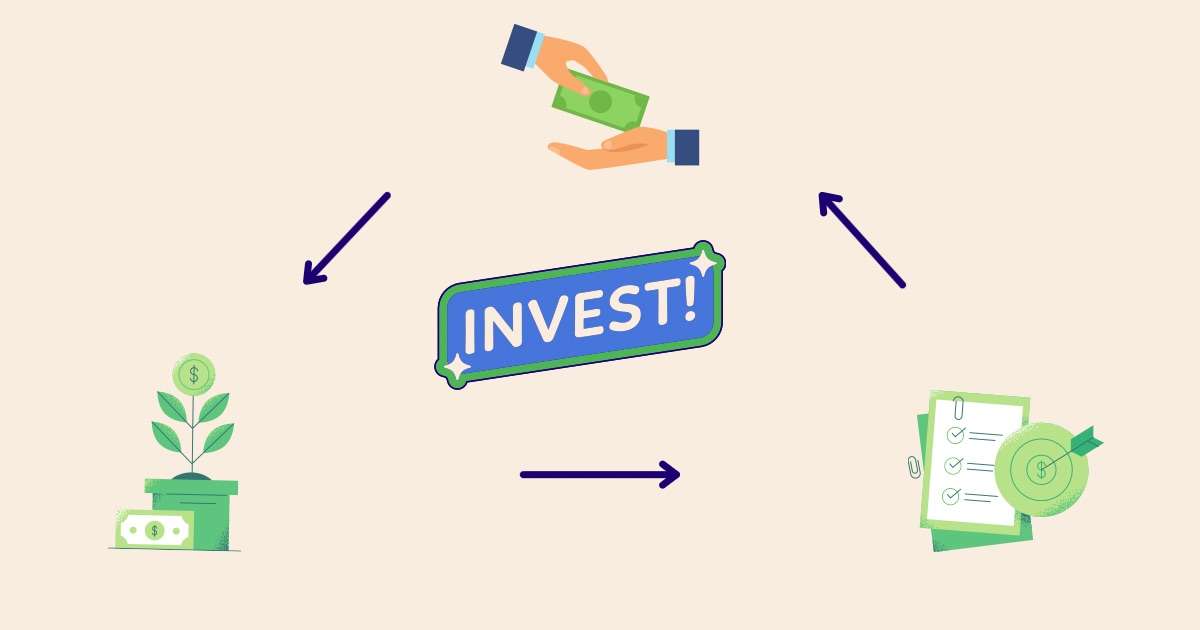For many people just starting their financial journey, the default place to park money is a traditional savings account. It feels safe, stable, and offers immediate access. But while savings accounts serve an important purpose—like holding your emergency fund—they’re not always the best tool for growing your money over time. In fact, in today’s economic landscape, keeping too much cash in low-yield accounts could quietly cost you more than you realize.
Let’s explore why savings accounts fall short in the long run, what smarter alternatives are available, and how even beginner investors in Europe and beyond can start making better use of their money.
Il problema di giocare troppo sul sicuro
In a world of rising inflation and stagnant interest rates, savings accounts have become less effective at preserving—and certainly at growing—wealth. While the average interest rate on a savings account in the Eurozone was around 0.8% in early 2025, inflation in the same period averaged closer to 3.2%, according to Eurostat data. That means your money is actually losing purchasing power over time, even as your balance stays stable on paper.
For example, if you left € 10,000 in a traditional savings account earning 1% annually, after five years you’d have roughly € 10,510. But if inflation averaged 3% over that same period, the real value of your money would be closer to € 9,050 in today’s terms. So while you might feel like you’re playing it safe, you’re really falling behind.
Opzioni di risparmio più intelligenti da considerare
You don’t need to leap straight into high-risk investing to escape the savings trap. There’s a middle ground—options that offer better returns without exposing you to excessive volatility. Here are a few to consider:
1. Conti di risparmio ad alto rendimento e banche online
Some digital banks, particularly in countries like Germany, France, and Italy, offer interest rates between 2.5% and 3.5% annually. They often require no fees and offer full deposit guarantees up to € 100,000 under the EU’s deposit insurance scheme. While still not enough to beat inflation completely, they offer a significant improvement over traditional bank offerings.
2. Certificati di deposito (CD) e depositi a termine
If you don’t need immediate access to your cash, locking in funds for 6 to 24 months can yield better returns—often up to 4% annually in 2025 depending on the country and provider. Just be aware of penalties for early withdrawals.
3. Obbligazioni governative
Short- and medium-term government bonds, particularly inflation-linked ones (like Italy’s BTP Italia or France’s OATi), offer more secure ways to outpace inflation. These instruments adjust payouts based on CPI changes, protecting real value.
4. Fondi del mercato monetario
These funds invest in short-term, low-risk instruments like Treasury bills or commercial paper. They’re not guaranteed, but they typically yield higher than a savings account and are considered relatively low-risk.
5. Robo-consulenti con portafogli conservativi
Platforms like Moneyfarm, Scalable Capital, and Trade Republic in Europe offer automated investment services. You can start with as little as € 1 and choose a conservative risk profile that emphasizes bonds and low-volatility assets. Some portfolios returned over 4–5% annually between 2020 and 2024—beating most savings vehicles.
Un cambiamento di mentalità: Risparmiare con uno scopo
The key isn’t to abandon saving—it’s to use the right tool for the right job. Your emergency fund (typically 3–6 months of living expenses) should still stay in a liquid, low-volatility account. But everything beyond that—your vacation fund, your house deposit, or your future car purchase—could benefit from smarter, better-yielding alternatives.
You don’t need to be a finance expert to make these moves. You just need a bit of planning and a willingness to explore beyond the default. Many platforms now offer automatic monthly transfers, low fees, and guided portfolio selection based on your goals and risk comfort.
And the earlier you start, the more compounding can work in your favor. Even an extra 1–2% annually can add up to thousands of euros over a decade.
Putting Your Money to Work—Even in Small Steps
Stashing money in a savings account may feel secure, but in a high-inflation, low-interest world, it’s often a false sense of security. The real risk is doing nothing—and watching your future goals drift further away.
By exploring smarter savings options like high-yield accounts, short-term bonds, or conservative investment portfolios, you’re not gambling. You’re simply making your money work harder while managing risk thoughtfully.
Financial growth doesn’t require large sums or perfect timing. It requires intentionality—and the courage to go beyond what feels “safe” to what is truly smart.

